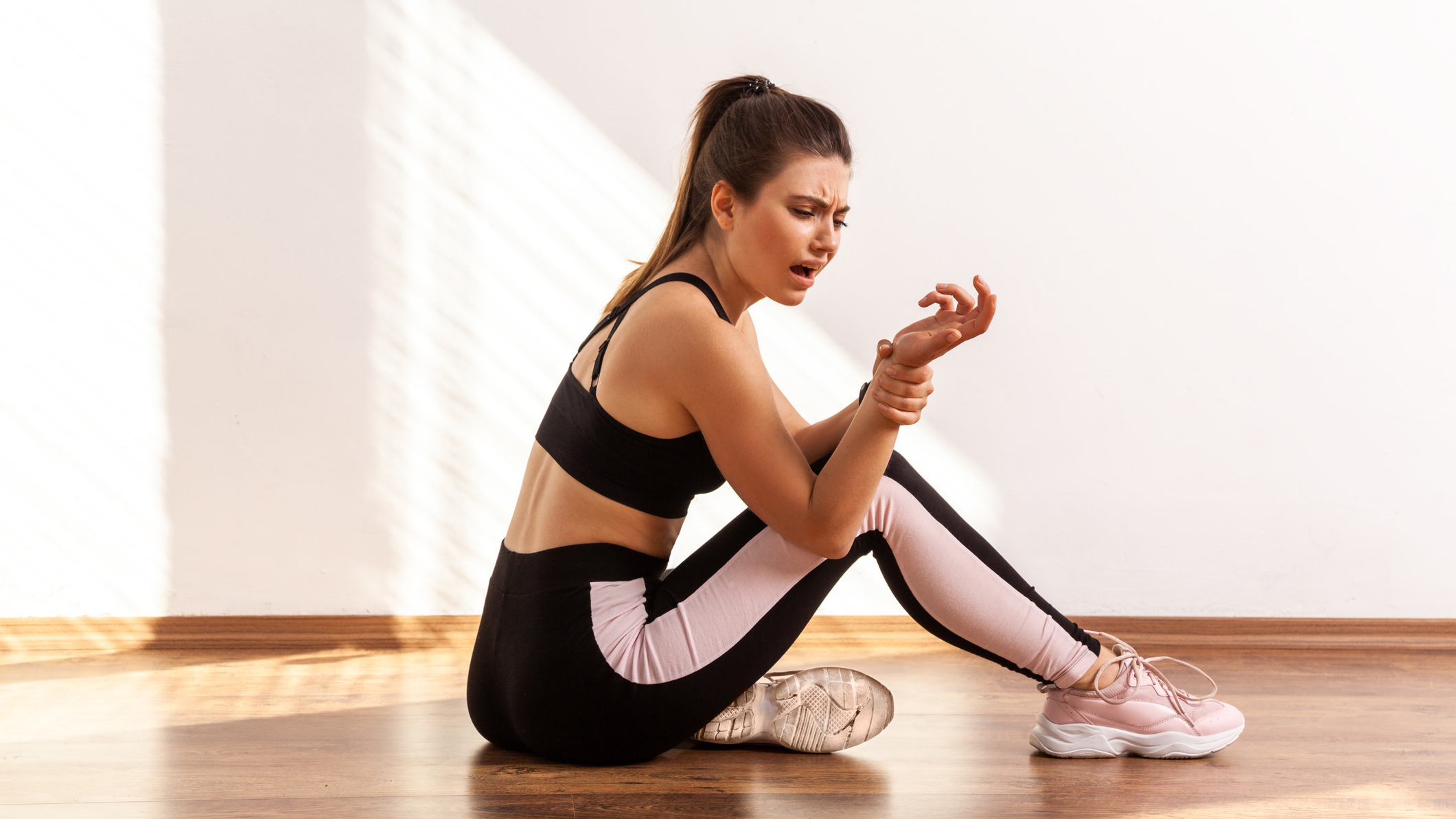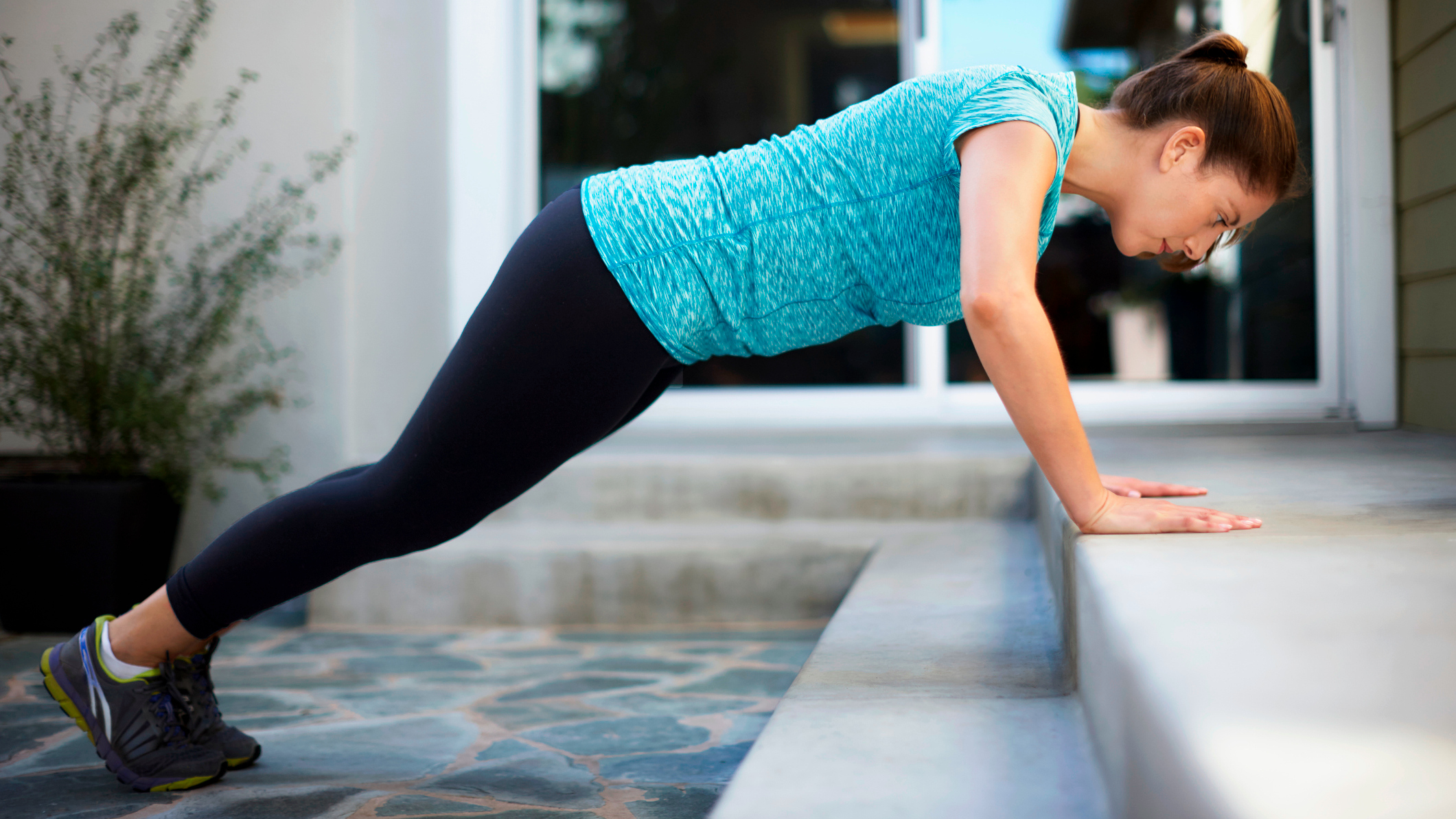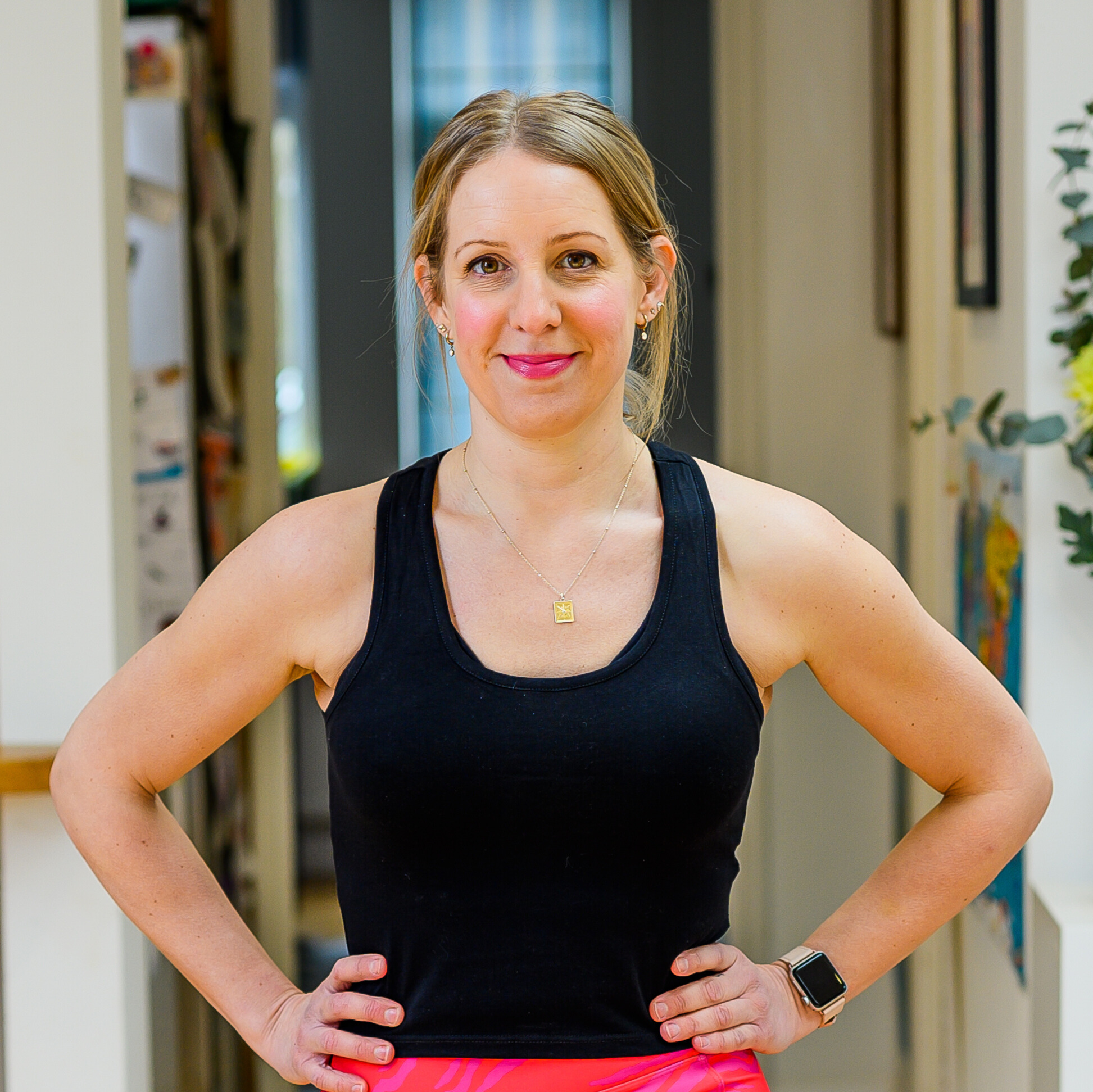Do your wrists hurt when you do a push-up? Fix that with these trainer-approved tricks
These simple tweaks make all the difference to push-ups or high planks


Despite being a personal trainer, I generally avoid push-ups and high planks because my wrists just can’t handle them. I’ve suffered from tendinitis on and off for almost a decade, and it’s these kinds of wrist-heavy moves that I find too painful to even attempt.
It’s a similar story with many of my PT clients and the regulars who come to my classes—I’m frequently modifying moves because so many of them suffer from weak wrists.
“Most of the time, wrist pain in a push-up or high plank comes down to mobility or positioning, if it isn’t something more severe like arthritis or an injury,” explains certified trainer Roger Montenegro, who runs Made Possible Personal Training in St. Petersburg, Florida.
“If your wrists are tight or you’re dumping too much weight into the heels of your hands without using the rest of your upper body and core, they’re going to take on way too much stress,” says Monetenegro, who specializes in training seniors. “The angle of the wrist in a push-up or plank can be intense if you're not used to bearing weight in that position.”
He’s got some tricks for how to adapt these two moves if you have weak wrists.
A post shared by Fit&Well (@wearefitandwell)
A photo posted by on
Hold dumbbells
“One thing you can do to reduce wrist strain when you do a push-up is to switch your position by holding dumbbells for support. Use a neutral grip (palms facing each other), with knuckles pointing down to the ground.”
Decrease the load

“You can also decrease the load by going down to your knees to reduce the weight on your wrists,” he says.
Start your week with achievable workout ideas, health tips and wellbeing advice in your inbox.
“Alternatively, increase the height of where you are doing a push-up from, either from a bench or a barbell up in the rack. This will help take the load off the wrists while building up strength.”
Go on your forearms
“For a high plank, you can do the same modifications as a push-up or you can go down to your forearms if holding that high position isn't working for you.”
Alternative wrist-friendly exercises
But Montenegro warns it’s important not to ignore signs of weak wrists, which could indicate other issues, including shoulder instability, lack of core engagement or elbow tendinitis.
“If your core, elbow and shoulders are not doing their job, they will dump all the weight onto the wrists!” says Montenegro.
“Another sign of weak wrists is having trouble supporting your bodyweight in movements that require wrist extension, like even holding yourself up on all fours to do a cat-cow could hurt.”
If that sounds familiar, Montenegro has some different wrist-friendly exercises you can try. “For a push-up alternative you can do a banded chest press to hit all the same muscles just with less load on the wrists.
“For high plank you could swap it out for a hollow hold or dead bug to work the core without hurting your wrists.
“Farmer’s carries are a great way to work on grip and wrist strength. Hammer curls and reverse curls are also good exercises that avoid unnecessary wrist pressure and can improve forearm strength.”
But Montenegro cautions that he’s not suggesting you avoid push-ups or planks forever. “It’s about making small changes and slowly progressing so your body can build up to them safely,” says Montenegro. “And remember, modifications are not a downgrade, they are a smart way to get stronger and stay injury-free.”
Maddy Biddulph is a journalist specializing in fitness, health and wellbeing content, with 26 years in consumer media working as a writer and editor for some of the bestselling newspapers, magazines and websites in the US and UK, including Marie Claire, The Sunday Times and Women’s Health UK.
She is a CIMPSA-certified PT and works one-on-one with clients, as well as running Circuits Club classes which mixes cardio and strength training and chair-based exercise classes for seniors.
You must confirm your public display name before commenting
Please logout and then login again, you will then be prompted to enter your display name.
